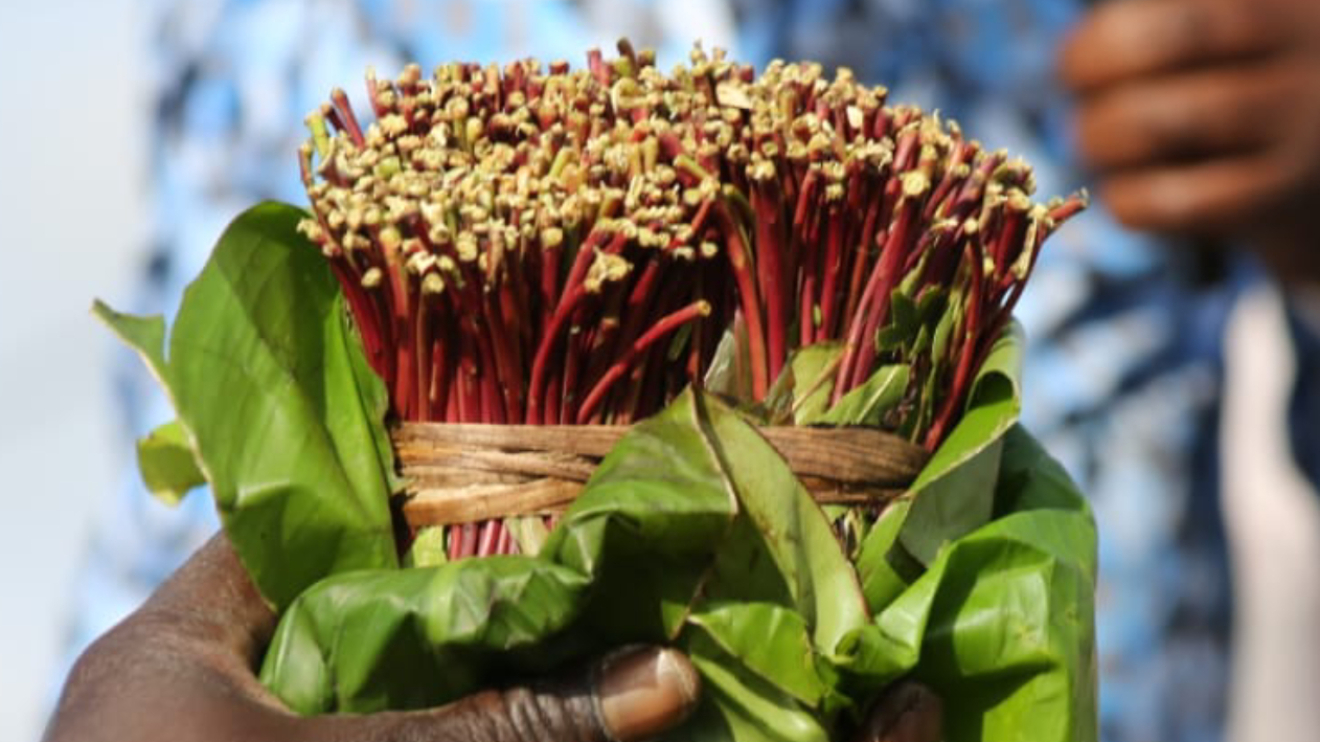Miraa farmers could soon find their trade reshaped, as the government moves to create specialised cooperatives to manage how the crop is harvested and sold.
The plan, unveiled by the Ministry of Cooperatives, is meant to shield producers from losses that come when supply floods the market and prices tumble.
Patrick Kilemi, the Principal Secretary in the State Department of Cooperatives, revealed that he plans to meet miraa growers and traders in the coming weeks to outline the proposal and seek their input.
He explained that the government wants to regulate supply through structured cooperatives rather than leaving farmers exposed to unstable markets.
"We want to deliberate with stakeholders and control the supply side of Mira through cooperatives so that we may always regulate the production of Miraa," Kilemi said.
Read More
According to him, uncontrolled harvesting often hurts farmers, who end up with low prices when buyers dictate the terms.
"When we have the cooperatives, we will be able to monitor their production, because there is no point in everyone harvesting yet there is no market, meaning it will be a buyers' market, but we want a sellers' market," he added.
Beyond price stability, security is also part of the plan.
Kilemi said miraa vehicles have become targets for thieves along major transport routes, forcing the government to consider tighter protection measures.
Although the crop is now grown in several counties, from Marsabit and Kirinyaga to Nyeri, Murang’a, Machakos, Makueni, Laikipia, and West Pokot, its roots remain deep in Meru, Tharaka, Nithi, and Embu.
In 2016, Miraa was declared a scheduled crop under the Crops Act, giving the state a legal basis to regulate it and promote both local and export markets.
Exports continue to shape the industry’s future.
Just a month ago, the Agriculture and Food Authority confirmed that Djibouti had been secured as a new overseas destination, offering farmers fresh opportunities outside Kenya.
For growers who depend on the crop for their livelihoods, the cooperative plan could mark the beginning of a more stable trading environment, one where production is balanced with demand and security risks are kept in check.








